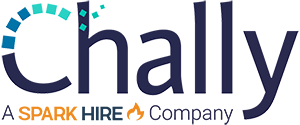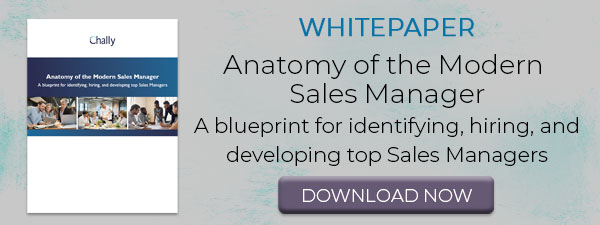Is “high potential” the corporate version of being nice?
When you hear someone described as “nice” it evokes a particular image, but I doubt it tells you much of significance about the person. The same could be said of “high potential” when discussing leadership development.
Don’t get me wrong; there is nothing innately wrong with being nice. Many of our mothers would be proud if this adjective was used in a sentence describing us, and the dictionary definition of “nice” is quite elaborate. However, in conversations the word “nice “is usually ascribed to an individual without much context behind it. The same can be said of “high potential.”
What does “high potential” mean to you? I assert it has come to mean everything and simultaneously nothing when describing the talent needed to lead in today’s complex business environment.
It is fascinating to consider this given there are voluminous amounts of research studies across disciplines (including Chally’s) dedicated to understanding what differentiates high performers from the rest of the pack. The issue is not so much about the factors that make one high potential, just like the factors we identify with the nice guy vs. the jerk. Rather, it is the application of these principles in an efficient and systematic approach inside organizations that has lessened its value in understanding who to promote to the next level.
The problem with many high potential models is the competencies, skills, and behaviors and motivations are too broad to provide much detail to be relevant to the execution of the business strategy. Furthermore, large global organizations may need multiple high potential frameworks at the lower levels of leadership based upon geography and line of business, but a consolidated framework at the top of the house to ensure shareholder value is maximized. This makes creating an emerging leader pool difficult without using analytics to know who is right for what role at what level.
The need for targeted development has never been greater due to the speed of business, and the need to accelerate the promotion pathway of leaders to key roles. Chally’s team has observed over time what it takes to create targeted development for high potentials, and leverages our predictive analytics to identify potential along the entire life cycle of the employee.
Unlike other assessments which are descriptive and influenced by life events, we provide insight into potential and more importantly alignment of that potential by role. The granularity of the 140+ skills, behaviors, competencies and motivations we measure identifies the talent who can succeed in a more senior role than their current role. This level of insight allows for a more practical definition of “high potential” based upon what you are trying to accomplish, and who is best suited to make it happen.
Learn more about our Talent Analytics Capabilities and Talent Audit tool here.



